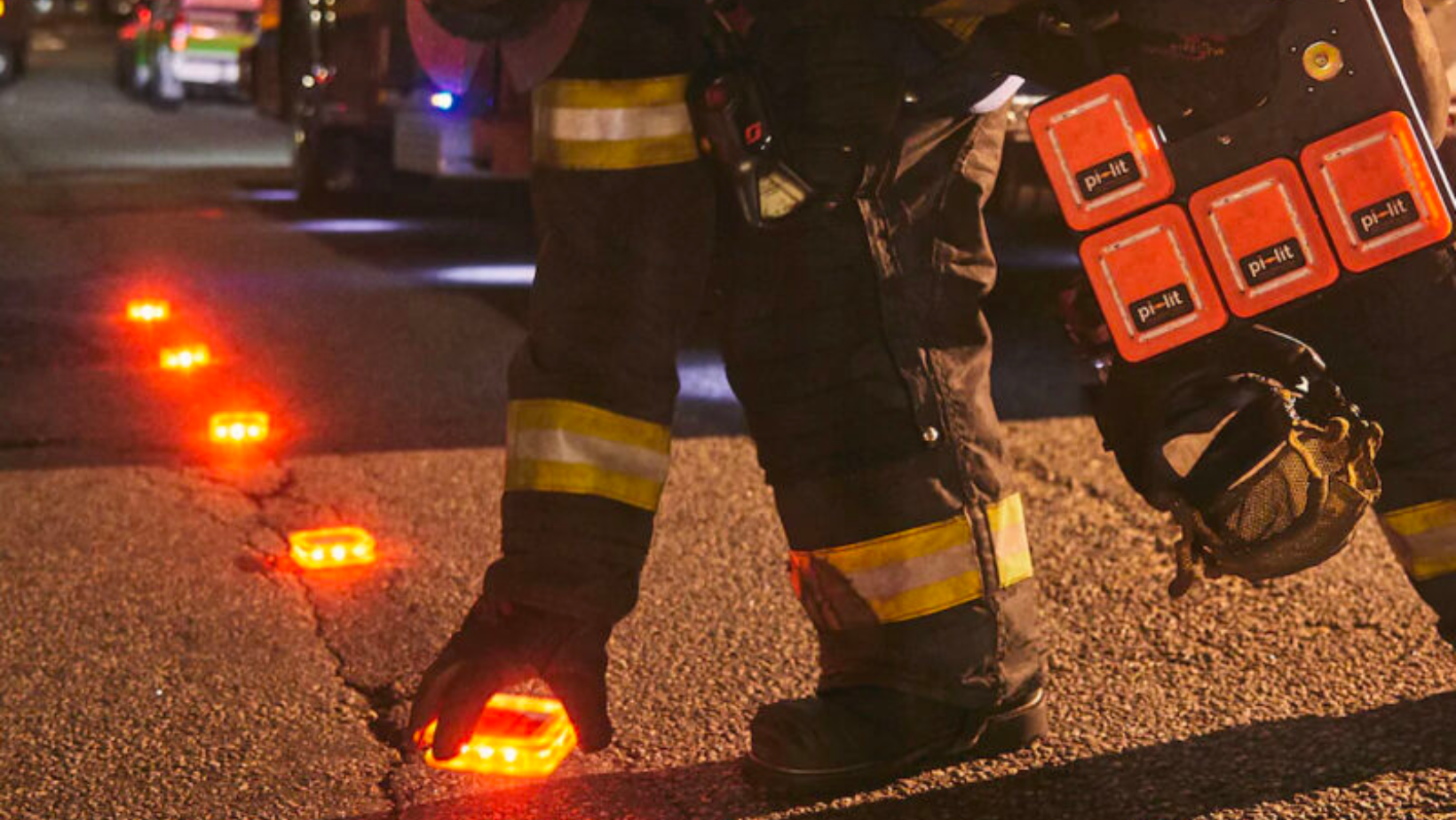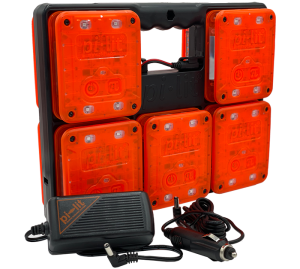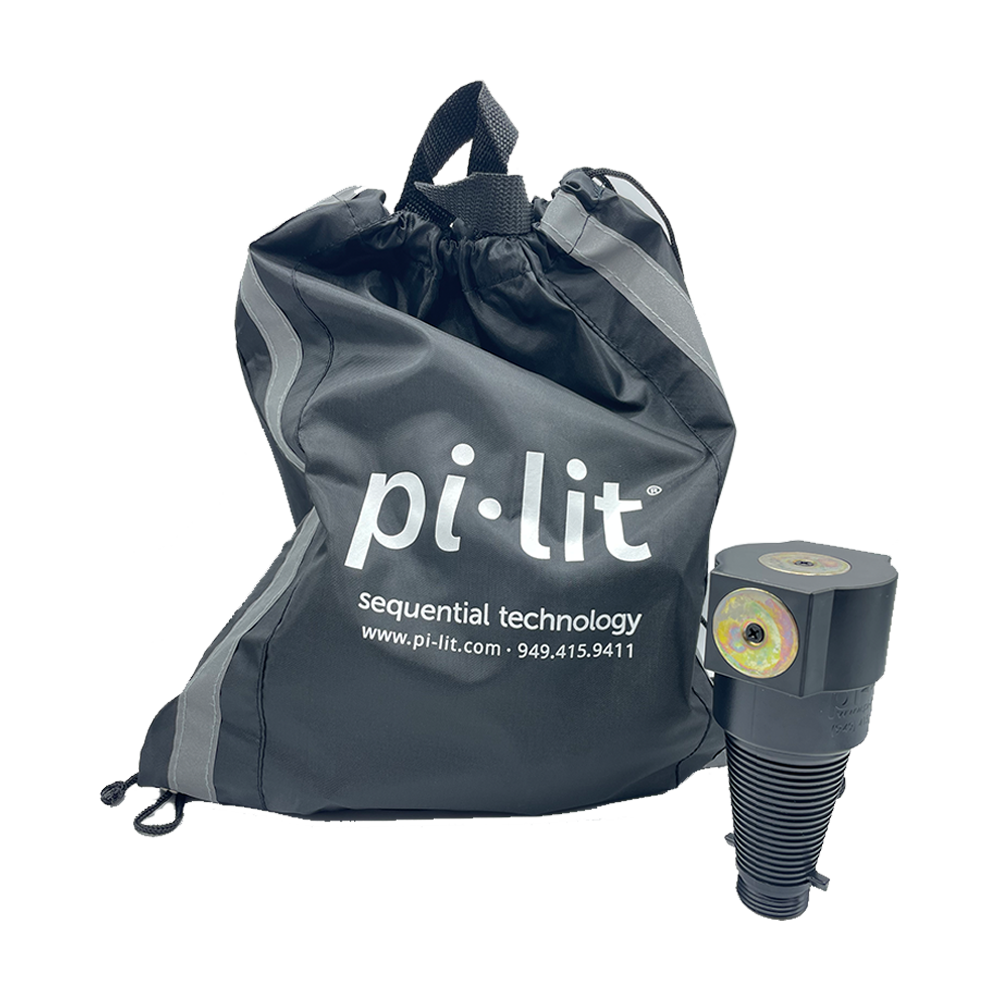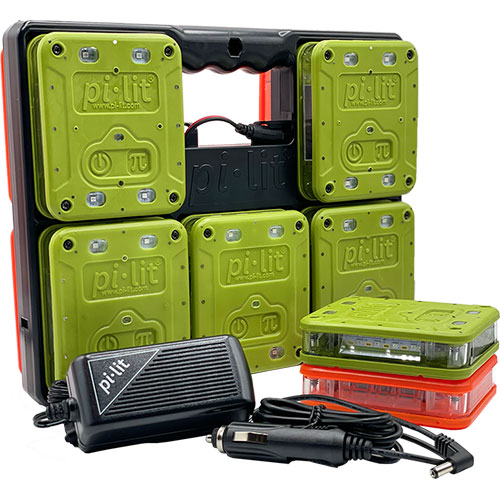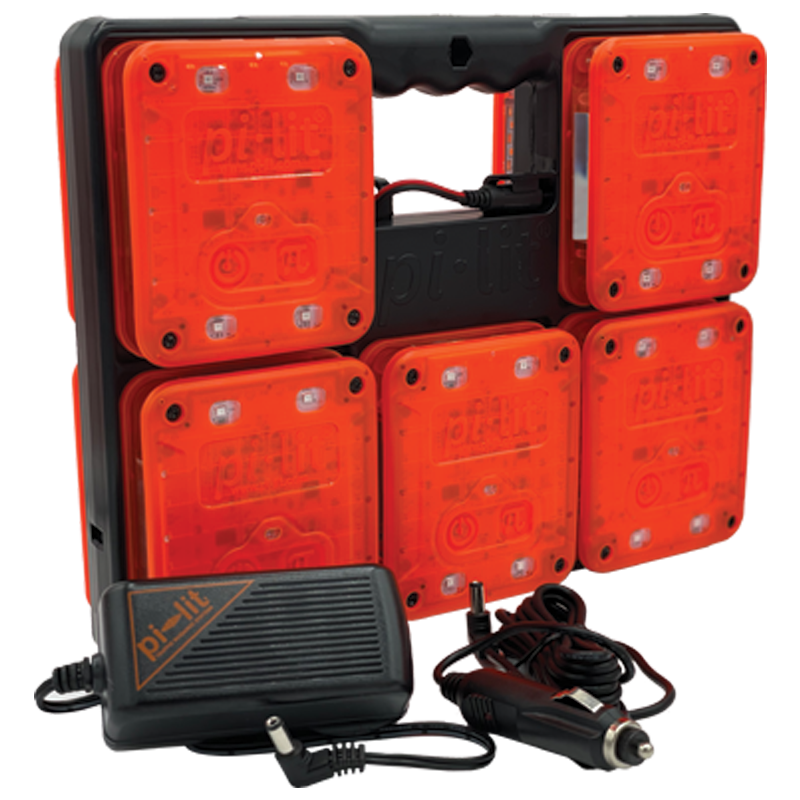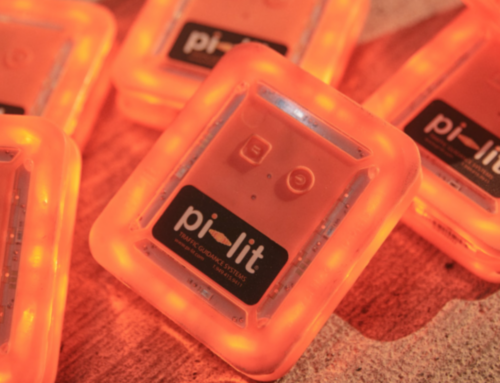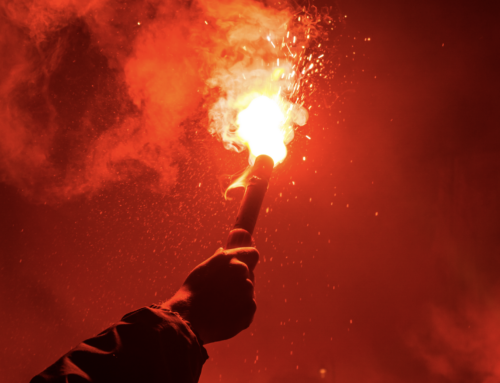Emergency road flares are an essential safety tool that is used to alert other drivers of potential hazards on the road. There are several different types of road flares available, each with its own unique features and benefits.
In this guide, we will take a look at some of the most popular emergency flare options. Whether you are a first responder or safety professional, this guide will help you find the right emergency road flare for your department.
Traditional Road Flares
Longstanding traffic safety solutions are often still relied on by road crews, despite new technology being available. While these tools have served their purpose for decades, they may not provide the same level of effectiveness as contemporary developments in this field.
Types of Traditional Flares
At the most basic level, traditional highway flares are intended to alert other drivers of potential hazards on the road. These devices typically consist of a long, cylindrical body that contains chemicals or explosives, which produce light and heat when ignited. There are several different types of traditional flares available.
Fusee Flares
Pyrotechnic flares are a popular option for emergency road flare users. These flares use highly flammable materials to create a bright light that can be seen in some, but not all weather conditions. These tubes are struck, typically on a pants leg, and emit smoke and light to alert drivers to move over and slow down.
Flare Guns
Flare guns are similar to traditional fusee flares. These emergency flares are less common on the roadsides, as they are more commonly used to send an emergency distress signal, but are still often found in an emergency kit. These handguns contain explosive chemicals that, when discharged, discharge smoke and fire.
Oil Pots
Trucking fleets consisting of 18-wheelers and/or commercial trucks are required by the Federal Motor Carrier Safety Administration (FMCSA) to carry safety devices in the event that they have to pull over. At present, they are required to carry one of these options:
- Three triangles to deploy
- Six fusee flame flares
- Three oil pots
Oil pots have been used for over 100 years, and while they do work, they aren’t the most efficient. These are heavy and can be difficult for truckers to operate while on the side of the road.
Pros & Cons of Traditional Emergency Flares
Traffic safety professionals and police departments have relied on these road flare tools at accident scenes for decades because they are inexpensive upfront. However, a traditional road flare’s seemingly low cost does add up over time. On average, road crews use approximately $60 worth of flares for a 30-minute accident scene.
While they can help reduce speed and are bright enough to be effective, they can be blinding to oncoming traffic when combined with smoke or fog. Additionally, these pose various health risks to both fire crews and local communities due to the flammable, toxic chemicals inside.
LED Road Flares
Modern technologies offer a safer and more effective alternative to the traditional methods of ensuring drivers stay safe on the roads. Consider adding LED options to your flare kit.
Types of LED Road Flares
LED flares are an excellent option for drivers looking to stay safe on the road. These innovative flares use advanced technology to emit bright light that can be seen from long distances, helping other drivers to easily spot potential hazards and avoid accidents.
Sequential Flares & Lamps
Sequential lighting technology gives drivers an easier time spotting lights from afar and slowing down accordingly. With these handy flares, you can enjoy multiple deployments on one charge or battery set – no need to constantly replace your power source! Plus, they boast a 50-foot range and crush strength up to 50K pounds – making them reliable in any situation.
Cloud-Enabled Smart Devices
Smart work zone lamps connect directly to cloud-based systems, providing real-time location data down to the centimeter and sending out updates when lane closures are altered. You can also use specially designed fleet management apps like Pi-Link that sync up with Apple Maps or Waze so drivers receive alerts five miles before they even see a light – key for areas where rural roads may be more prone to incidents such as tire blowouts and crashes.
Pros & Cons of LED Flares
Compared to traditional emergency flares, LED flares offer many advantages. For one, they are designed specifically for roadway use, which means that they are bright enough to be seen from long distances without blinding drivers. Unlike traditional highway flares, these are not limited to clear weather days.
LED road flares also do not have a health or safety risk like pyrotechnic flares do. They’re also reusable, so while road crews have to retrieve them, traditional flares should also be retrieved and properly disposed of, so there is less to retrieve.
While LED flares can be more expensive upfront, because they’re reusable, they provide a unique return on investment opportunity to police and fire departments. Most departments see the full ROI after a full year, at which point the flares have paid for themselves.
Stay Safe On The Road with pi-lit Emergency Flares
Looking to stay safe on the road? At pi-lit, we use innovative technology to provide real-time alerts about potential hazards on the roadway, helping you avoid accidents and stay safe no matter where your travels take you.
Whether you are interested in impact detection systems or sequential lighting, we’re here to help your crews get home safely each night. Contact us to see how our road safety technology can benefit your department.
